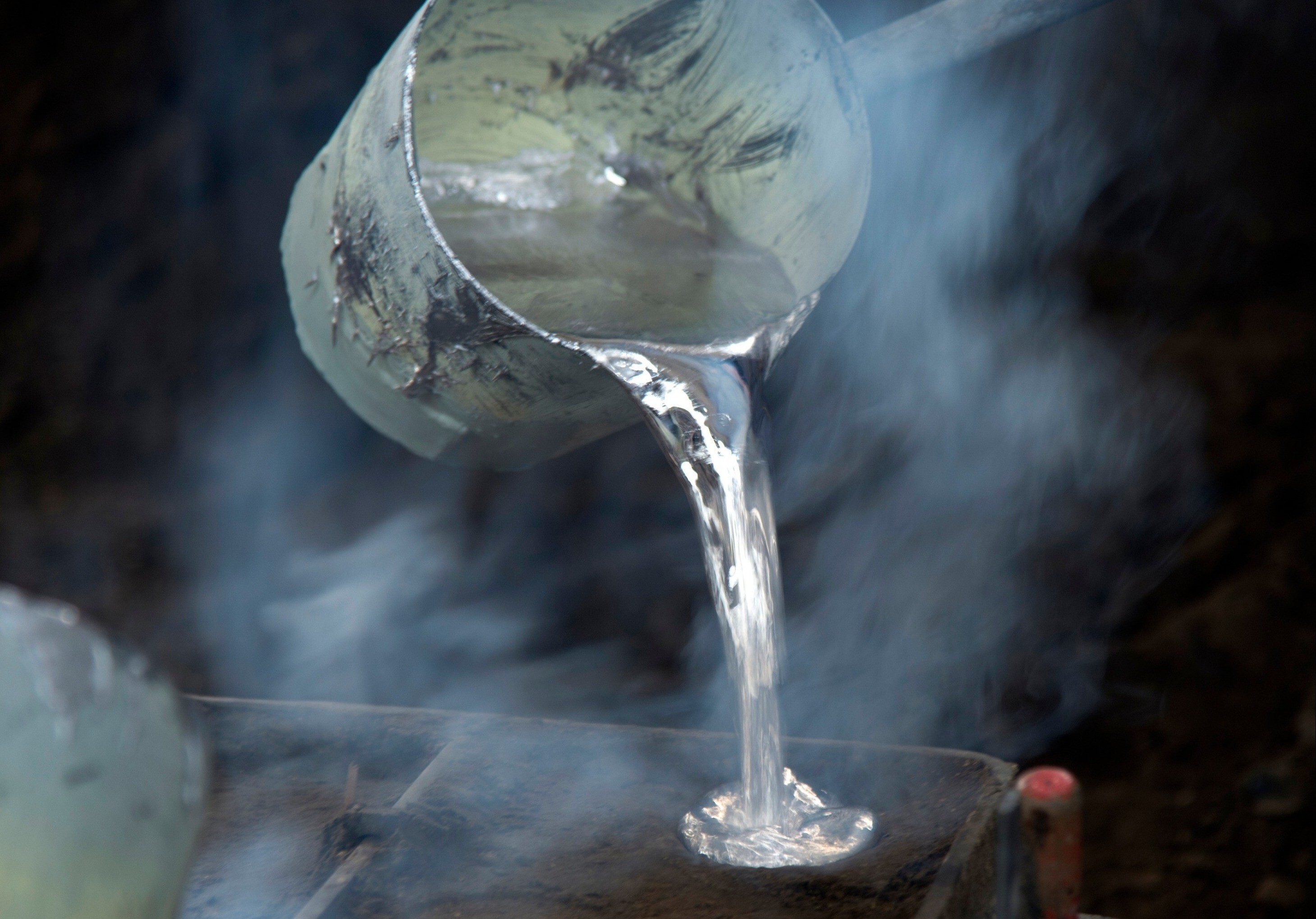

According to SMM statistics, domestic primary aluminium production in July 2025 (31 days) increased by 1.05 per cent YoY and 3.11 per cent M-o-M. The operating capacity of primary aluminium in China increased slightly M-o-M in July, mainly due to the start-up of the second-phase replacement project of primary aluminium in Shandong-Yunnan. With the strong off-season atmosphere in the end-use market, alloy production cuts were significant across the country.
 Image source: https://assets.noviams.com/
Image source: https://assets.noviams.com/
As a result, the proportion of liquid aluminium in domestic aluminium smelters declined significantly in July, with the industry's proportion of liquid aluminium falling by 2.06 percentage points MoM to 73.77 per cent. Based on SMM's data on the proportion of liquid aluminium, the domestic casting ingot volume of primary aluminium in July decreased by 9.34 per cent Y-o-Y and increased by 11.89 per cent MoM to approximately 976,300 tonnes.
Capacity changes: As of the end of July, SMM statistics showed that the existing capacity of primary aluminium in China was approximately 45.69 million tonnes (SMM made revisions in late April after considering capacity replacement and the demolition of old plants, eliminating some double-counted capacities). The operating capacity of primary aluminium in China was approximately 43.9 million tonnes. Due to the commissioning of capacity replacement projects, the industry's operating rate increased slightly MoM. In addition, a small batch of technologically transformed capacity in Chongqing resumed production earlier.
Production forecast: Entering August 2025, the operating capacity of primary aluminium in China will remain at a high. The second batch of replacement projects in Yunnan will be commissioned and achieve production, leading to a rebound in the industry's operating rate. Regarding the proportion of liquid aluminium, currently, only a few enterprises have indicated that they will continue to increase casting ingot volumes in August. This is mainly due to weak end-use demand, lower processing fees for alloyed products, and enterprises' pessimistic expectations for August demand, leading to expectations of continued production cuts.
This will force aluminium smelters to produce more casting ingots. It is expected that the proportion of liquid aluminium will continue to run at low levels, with limited downside room. Subsequent attention should still be paid to changes in end-use demand and the trend of the proportion of liquid aluminium in primary aluminium.
Note: This article has been issued by SMM and has been published by AL Circle with its original information without any modifications or edits to the core subject/data.
Responses








